Building Blocks of English: Adjectives
Are you aiming to aces an international language test, like IELTS or PTE? Or perhaps to hone your language skills, opening up new career opportunities in India or abroad? Whatever your objectives, we at Hurray are here to help you!
We’ve launched a series of blog articles aimed at helping you to sharpen your English language skills. We’re taking up one aspect of language at a time and doing a deep dive into it – all to help you improve.
So, let’s get started!
Adjectives: What are they?
To put it simply, adjectives are modifying words, which are used to modify nouns, i.e. words denoting objects, human beings, and other living creatures, places, names, activities, and several other such things.
There are several types of adjectives, each of which has its own functions and particular ways they are used. We will be referring to each type in ways that you will be familiar with.
Descriptive adjectives
These are the adjectives that you would be most familiar with – they are used to describe objects and other things, in terms of their properties. The major categories include:
|
Category of Adjective |
Examples |
||
|
Feeling |
Happy child |
Angry man |
Miserable widow |
|
Time |
Permanent ink |
Temporary setback |
Perennial downpour |
|
Sound |
Noisy machine |
Quiet forest |
Soundless footsteps |
|
Quantity |
Many dogs |
Some noise |
Few people |
|
Sequence |
Later show |
Next time |
Previous game |
|
Taste |
Tasty treat |
Bland soup |
Spicy curry |
|
Appearance |
Beautiful flower |
Delicate embroidery |
Dull metal |
|
Size |
Tall tree |
Enormous mountain |
Miniscule organism |
|
Age |
Old man |
Young child |
Ancient civilization |
|
Colour |
Red rose |
Colourful dress |
Monochrome picture |
|
Shape |
Round ball |
Spherical globe |
Oblong vase |
|
Material |
Wooden box |
Plastic bottle |
Cloth bag |
|
Behaviour |
Kind mother |
Delightful child |
Aggressive man |
|
Quality |
Wet floor |
Hilarious joke |
Subtle flavour |
There are many other qualities or properties of things that may not quite fit into any of these categories – however, they form a good guide anyway!
Most adjectives are singular words, like all the ones you see above. Besides these, there are several that consist of two hyphenated words, called compound adjectives. Some examples include:
|
Soft-spoken |
Kind-hearted |
Mean-spirited |
|
Self-centred |
Short-tempered |
Next-door |
|
Left-handed |
Long-winded |
Life-giving |
Proper Adjectives
These are adjectives that may be used to describe things that have been derived from a proper noun – such as the name of a person, a place, or religion.
When such adjectives are used, the first letter must always be capitalized.
Some examples may include:
|
Gandhian principles |
Buddhist temple |
Spanish citizenship |
Verbs as Adjectives
There are several cases when a verb i.e. an action word, is used as an adjective to describe something. When a verb is used as an adjective, it typically ends with -ing or -ed/en.
Some examples are:
|
Broken machine |
Smiling baby |
Laughing Buddha |
|
Building material |
Engraved trophy |
Surprising event |
Here, the use of the verb-as-adjective may either indicate that a certain action has been done to or by a thing, as in ‘broken machine’ and ‘smiling baby’…
OR that a thing is bringing about a particular action, either as a purpose as in ‘building material’, or as an effect as in ‘surprising event’.
Other kinds of adjectives
All the ones you’ve seen so far are used to describe something. However, there are types of adjectives that perform other functions.
1. Demonstrative adjective - Used to indicate specific things – includes this/these, that/those
e.g. I like this toy, but I hate those dresses
2. Indefinite adjective - Used to indicate non-specific things – includes any, few, many, no, several, etc.
e.g. Do you have any money?
3. Possessive adjectives - Belonging to someone or something also becomes property of an object – so the words that denote belonging also count as adjectives! These include His/His, Her/Hers, Their/Theirs, Your/Yours, My/Mine.
e.g. That is my book/That book is mine.
OR
Is that book yours? No, that is her book.
4. Interrogative adjectives - Typically used in questions, where the answer will be another adjective – includes which, what, whose.
e.g. Whose bag is this? That is his bad.
OR
What colour dress do you want? I want the blue one.
Numbers as Adjectives
Numbers function as ‘Quantity’ adjectives – when you specify the number of objects you are talking about, the number becomes an adjective e.g. I have two dogs.
Numbers can also function as ‘Sequence’ adjectives when converted into the ordinal form i.e. ‘first’, ‘second’, ‘third’ etc. e.g. I liked the third Harry Potter movie the most.
Rules for Using Adjectives
Now you know what adjectives are and their various functions. But it is also essential to know how to use adjectives in a sentence, both when you speak and write. Here’s where these rules come in.
A)Where in a sentence does one place an adjective?
An adjective may be placed in two ways:
- Before the noun
All the examples you saw above indicate the most common way of using an adjective in a sentence. When you use the adjective in this way, you are speaking about the thing along with its modifier or descriptor.
e.g. The red fox jumped over the low fence.
2. After the noun + linking verb
In case the objective of your sentence is to describe a particular thing, you will structure you sentence in this way. The linking verb here is derived from the verb ‘to be’ i.e. is/was, are/were.
e.g. The first phone that I ever bought was blue.
When adjectives are used this way, they are called predicative adjectives.
B) Using multiple adjectives – Coordinate vs Cumulative
You may sometimes want to use two or more adjectives to talk about the same thing. The adjectives may take two forms, and each comes with its own rules
- Coordinate adjectives
In this case, you are using multiple adjectives to talk about the same thing/noun.
|
Example |
Explanation |
|
I like the green and blue dress. |
When using two coordinate adjectives, they will typically be separated from the word ‘and’. |
|
What a lively, happy, and well-behaved puppy! |
In this case, you will see that the adjectives are separated by a comma (,), with the last two separated with the word ‘and’. |
|
In some cases, you can drop the ‘and’, even if there are only two adjectives, or between the last two adjectives in a string of many. |
With coordinate adjectives, the order of the adjectives in the sentence does not matter.
If you want to know whether you are dealing with coordinate adjectives, try reversing the order – if the meaning of the sentence remains the same, they are coordinate.
e.g. ‘I like the blue and green dress’ and ‘What a well-behaved, lively and happy puppy!’ – in both cases, the meaning of the original sentence has not changed.
2. Cumulative adjectives
Cumulative adjectives are also used to describe a single thing/noun – here, however…
- there is a particular order that must be followed
- there will be no use of the comma or the word ‘and’ between the adjectives.
So how do you recognize whether your adjectives are cumulative – again, reverse the order? With cumulative adjectives, a different order will either change the meaning of the sentence or not make sense at all.
So, what is the correct order?
|
Opinion |
Size |
Age |
Shape or Length |
Colour |
Proper adjective |
Material |
Purpose |
|
Examples |
Explanation |
|
Correct – He saw a big blue racing car speeding down the road. Incorrect – He saw a racing blue big car speeding down the road. |
‘Racing’ is a purpose adjective. |
|
Correct – Have you seen my old brown Parisian handbag? Incorrect – Have you seen my Parisian hand old brown bag? |
‘Parisian’ is a proper adjective, while ‘hand’ is a purpose adjective. |
Using adjectives effectively – tips to improve your writing
So now you know what they are and how they must be used correctly.
But as someone looking to improve your English for various professional and academic purposes, you must also know how to use adjectives as a way to make your writing (or speaking) more polished and beautiful.
Do not take any of these tips as hard-and-fast rules – but more like guidelines to be used at your discretion.
Do not use too many
Too many adjectives can make your writing appear too cluttered or flowery.
- When writing in a more professional setting or in academic papers, use adjectives only when necessary, and those that are relevant. For instance, avoid describing something as per your opinion of it, as ‘beautiful’, ‘exciting’, ‘saddening’ etc. Your opinion of something does not matter in this context – unless you have explicitly been asked for it.
- For any kind of writing, try to limit your adjectives to not more than three, unless absolutely necessary.
Use Adjectives Figuratively
When writing creatively, do not limit yourself to using adjectives for their most basic and literal meanings. By mixing up adjectives, you can put your ideas forward in unique ways that will entertain your reader.
For instance, the adjective ‘miserable’ most literally means very sad and is typically used to describe a human being. However, you can say ‘What miserable weather!’, to describe the weather that is cold, damp, and gloomy.
However, you must use discretion! Avoid mixing up adjectives in ways that are too far-fetched – for instance, calling a tree ‘lively’ wouldn’t really make sense!
Use lliteration
This is a handy tip for creative writing. ‘Alliteration’ refers to a series of two or more words all of which start with the same letter (or sound).
When you use alliteration to describe something, you will inject rhythm and poetry into your writing.
For instance, you can say “She saw the room filled with gleaming, glittering, glowing golden jewellery!”
However, while this is a useful use of adjectives, do not over-use it!
What next?
Tips like these can come in handy when you’re trying to learn or polish up your language skills. However, it isn’t quite as helpful as having a teacher or a trainer, someone who is an expert at these things, to help you reach your full potential!
At Hurray, we have some of the best experts in Bangalore to provide you with assistance. Whether you need training for IELTS or PTE or Spoken English Training, we are at your service. And best of all, we offer our services online.
You can reach out to us at info@hurrayedutech.com 8971357938, to learn more!
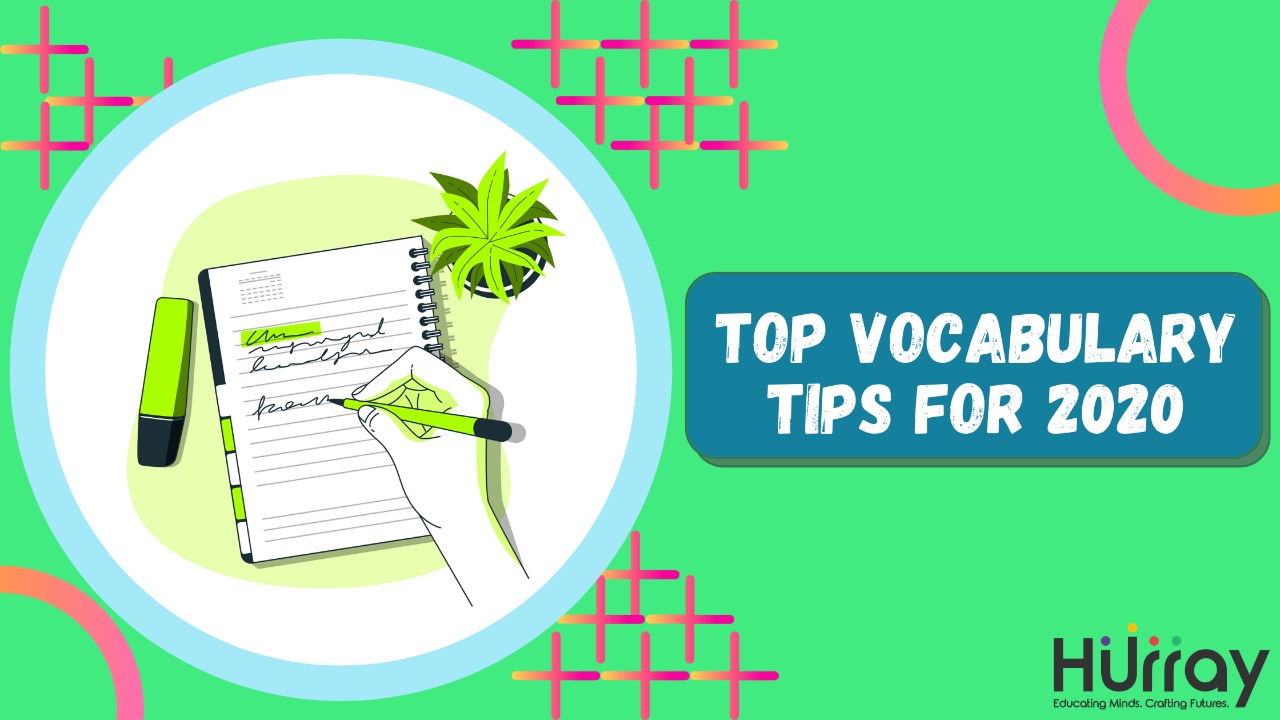

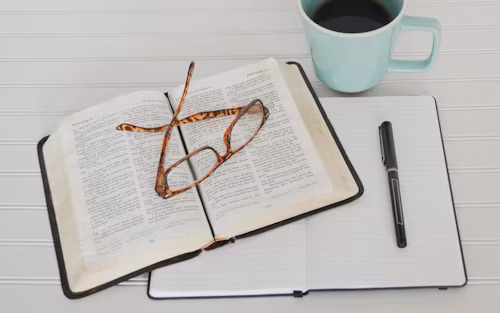

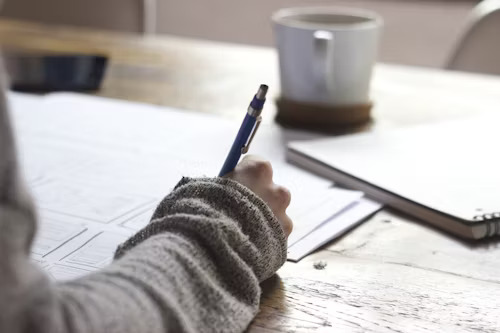


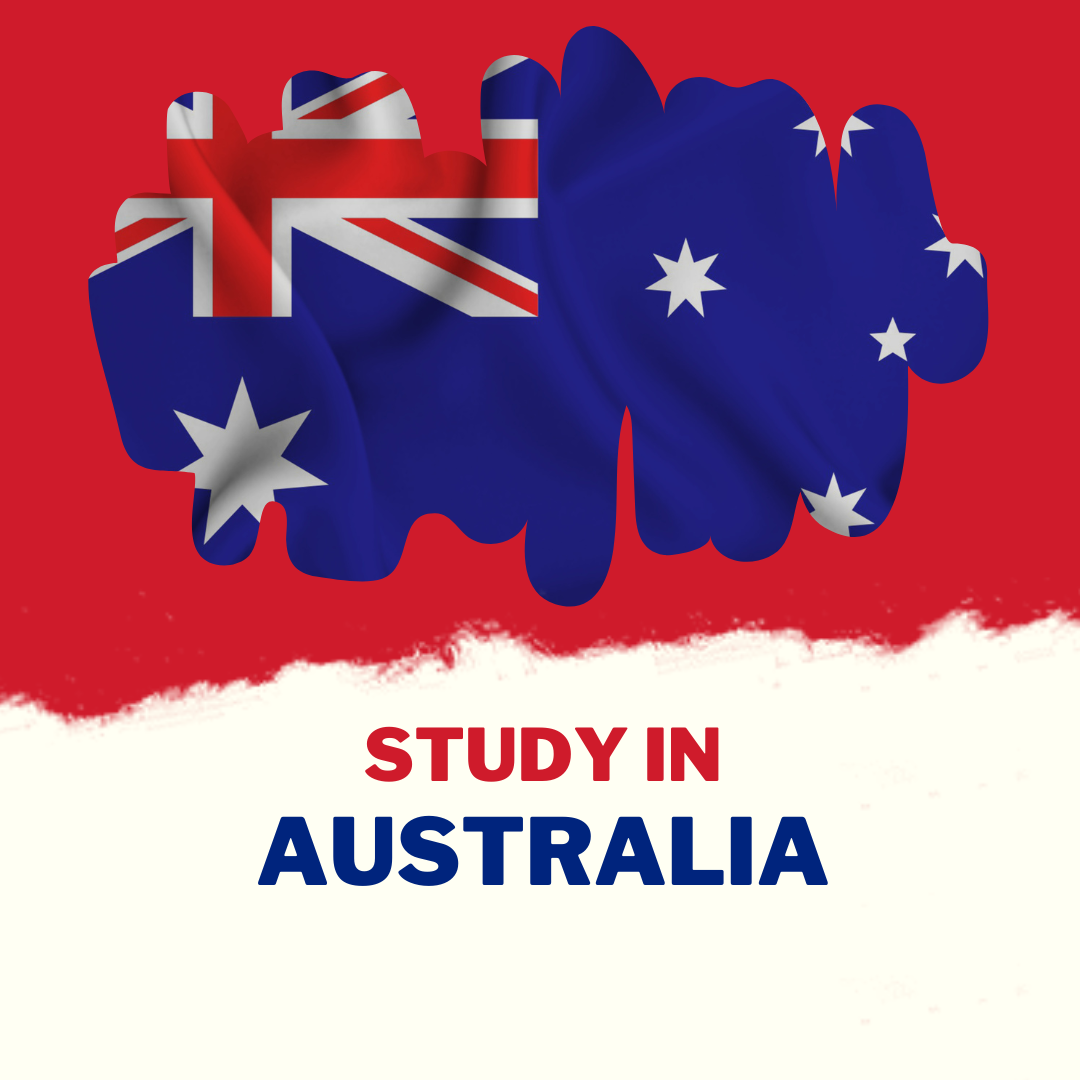
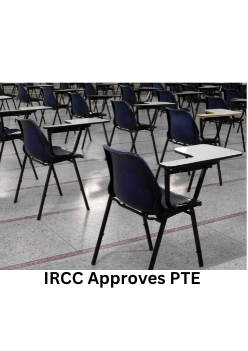
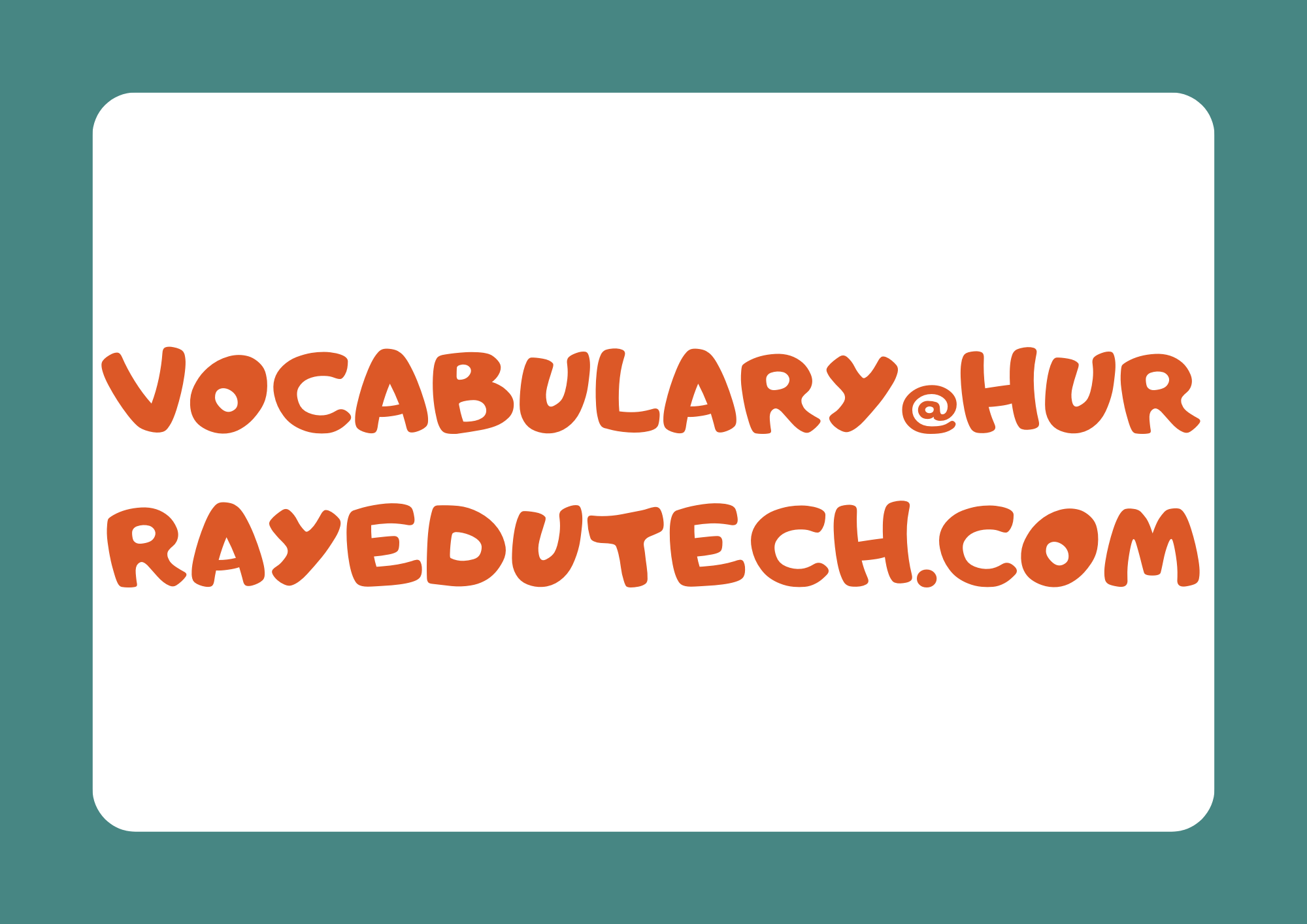
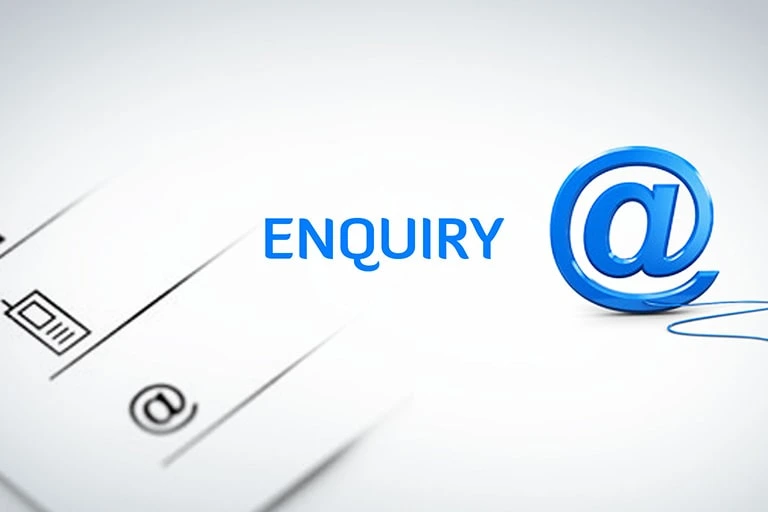
Post Comments